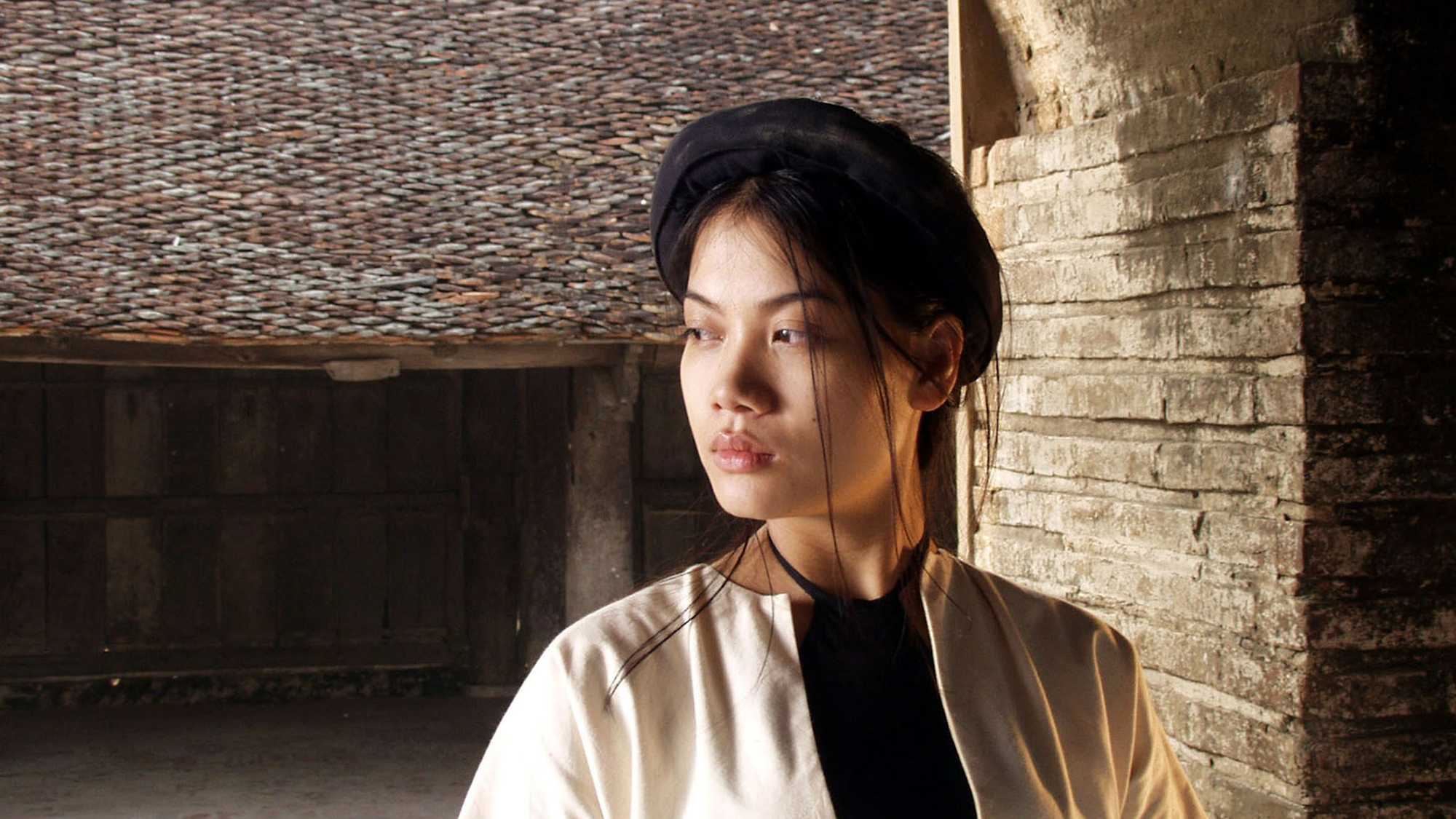This evocative and sensual drama offers a zen-like contemplation of the mystery surrounding the fate of an unwed mother in 18th-century rural Vietnam.

Screened as part of NZIFF 2005
Bride of Silence 2005
Hat mua roi bao lau
Bride of Silence begins as a man with a lute enters a small village seeking accommodation. Directed to the local temple, this young man, Hien, strikes up a conversation with the resident priest and begins to unravel his own complex history, specifically his quest to discover what happened to his mother. Hien’s mother Ly Ann, had conceived him out of wedlock and refused to disclose the identity of the father. This act of rebellion set off shockwaves that engulfed her entire village and that follow her son throughout his life. But it is only as an adult that Hien feels compelled to piece together the remarkable story of Ly Ann.
That story is one of oppression, sexual jealousy and harsh village justice, and it’s related in carefully composed tableaux of extreme, sometimes almost hallucinatory beauty. The Doan siblings seem to share Zhang Yimou’s thrill in creating colour effects – the red glow inside a temple, the intense green of the jungle – though their film is closer in style and tone to Kim Ki-duk‘s tough zen parable Spring, Summer, Fall, Winter… and Spring.
The film could afford to coast on its sheer formal beauty, but it’s the elaborate flashback structure that transforms Bride of Silence from a simple folktale into something more intriguing and evocative. The Doans nest flashbacks within flashbacks, layering several different time periods at once and developing Hien’s narrative along parallel lines. The temporal and narrative layers are not conventionally signalled (there is a single explanatory intertitle, but this is almost gratuitous, and may raise more questions than answers), and some of the flashbacks, it transpires, are mutually exclusive, but once you surrender to the unhurried rhythm of the storytelling things start to sort themselves out.
As a first feature, this is an extraordinarily assured effort, The brother/sister co-directors have backgrounds in fine art and documentary filmmaking, which certainly contribute to the distinctive look and feel of this film, but they also demonstrate a superb facility with their fluid narrative and an impressive management of their actors, who remain focused and low-key even at moments of high drama. — Andrew Langridge